The wall art is good, but I'm thinking the round things should be domes... and while the matte white finish is nice, it needs neopixels, lots of neopixels. An unfortunatley it's going to need to be smaller, I just don't have the space for something that large. So my hexagons will be about 4 inches across with a two inch dome in the center. Under the center dome a single neopixel and on the backside of the hexadome I'll place two neopixels which will shine on the wall. This will give a background glow that will shine between each dome.
I've finished and posted all the details on neoncompass.com
 Simply7
Simply7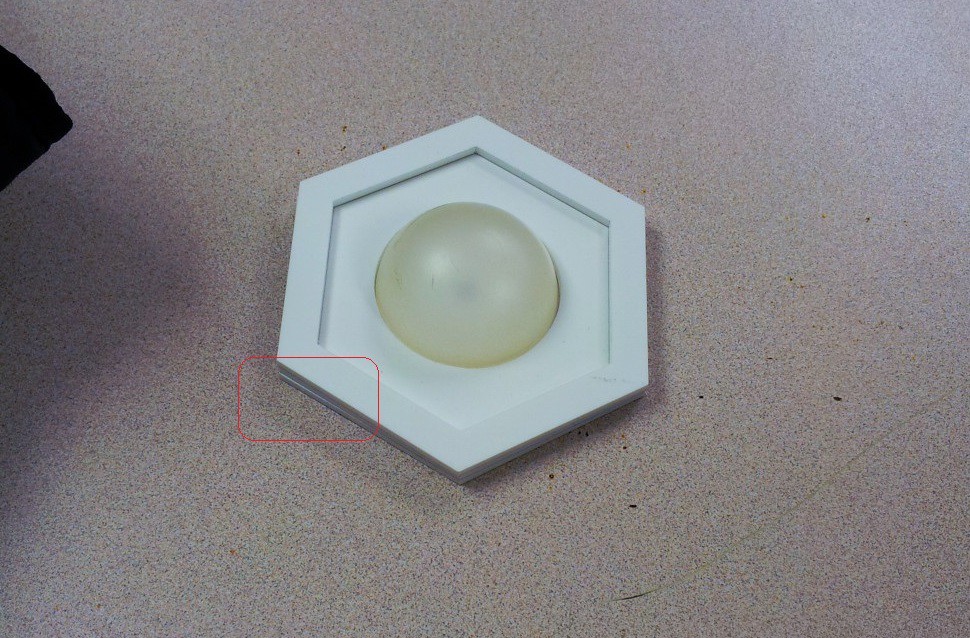
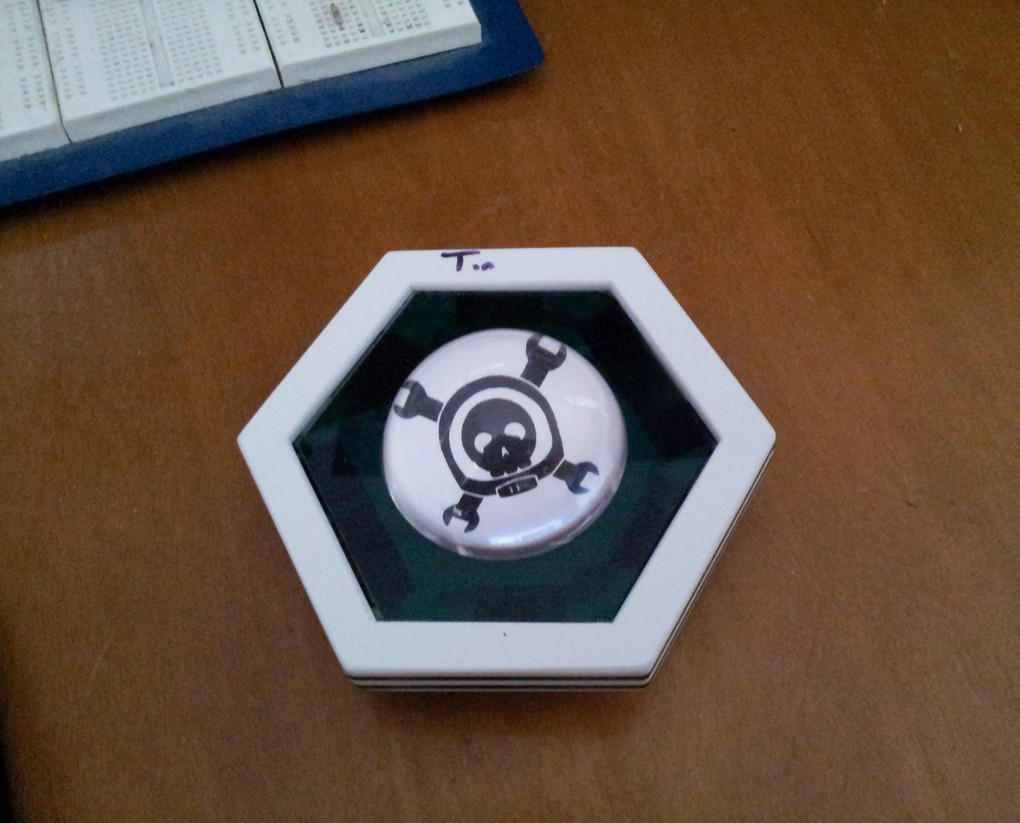
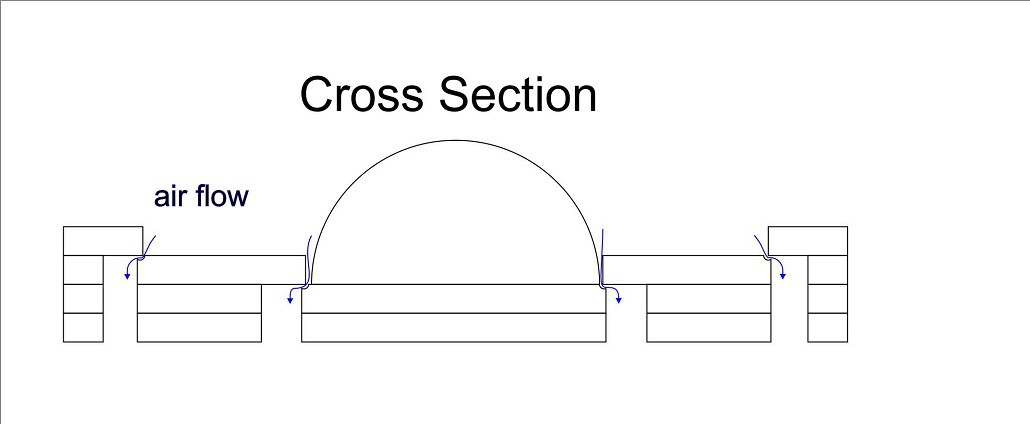


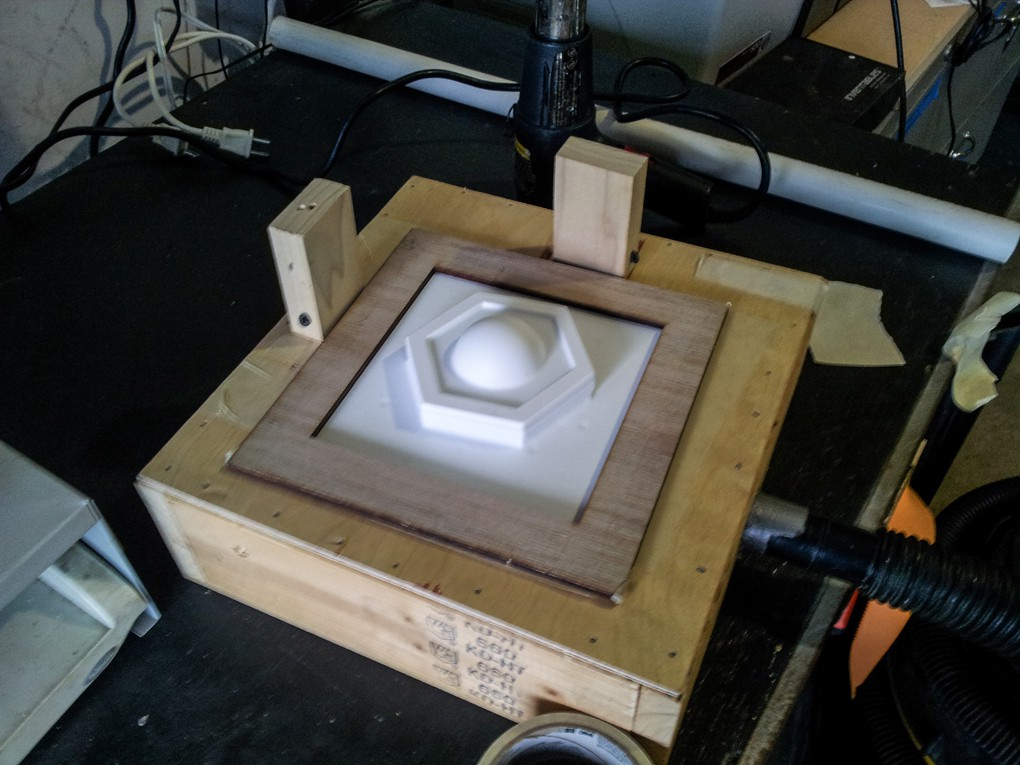
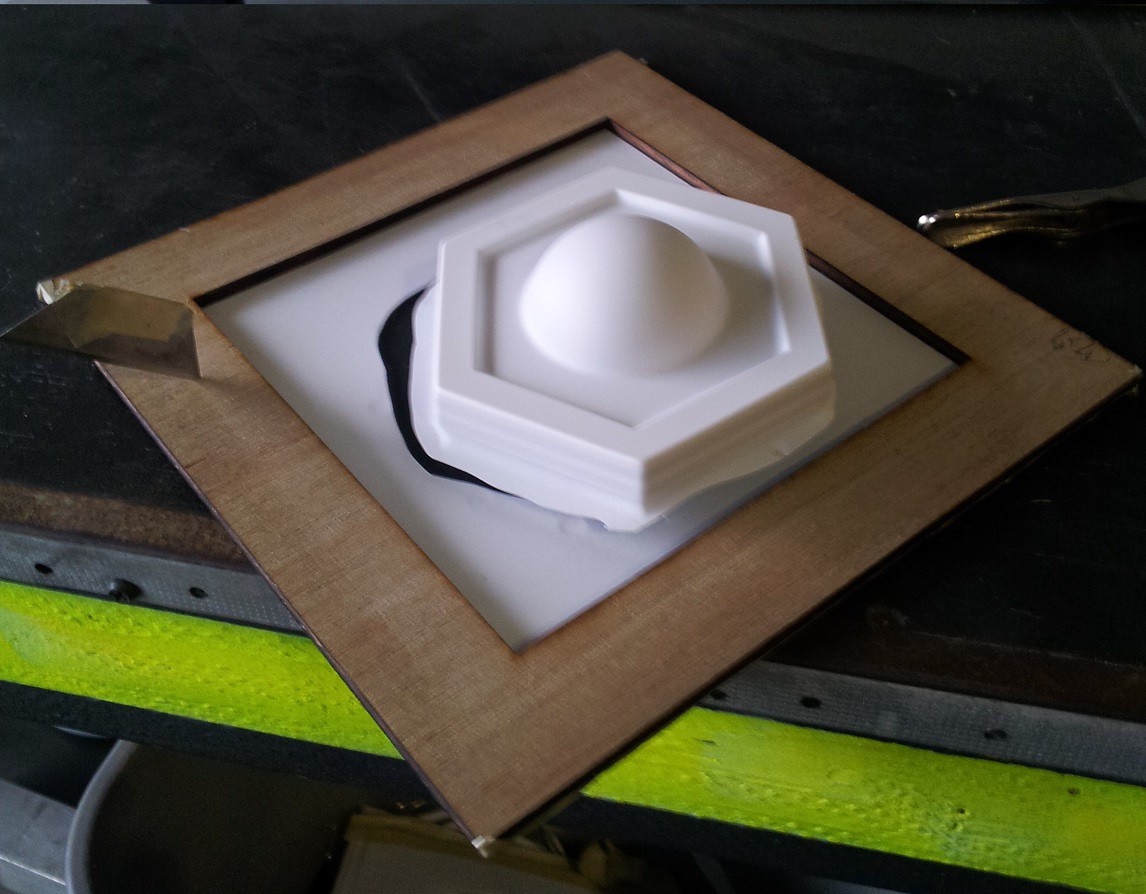
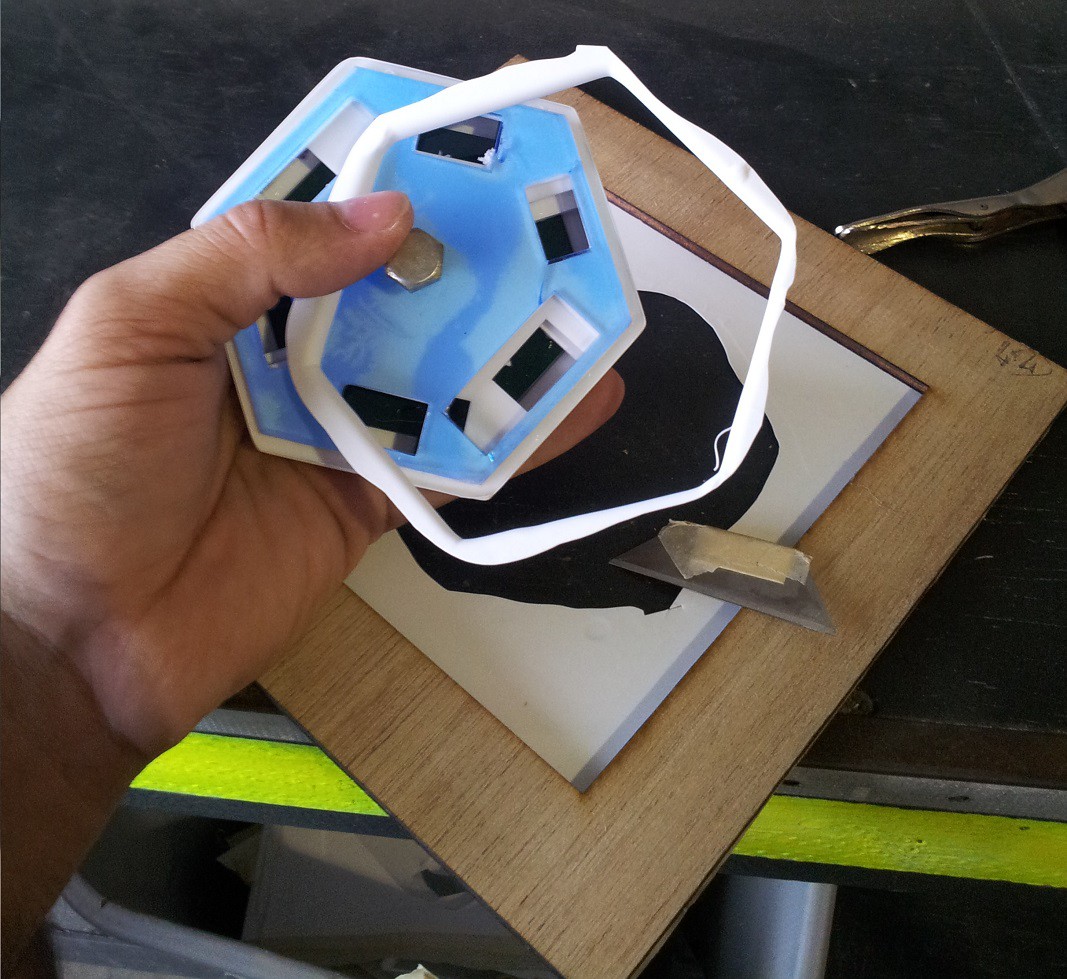

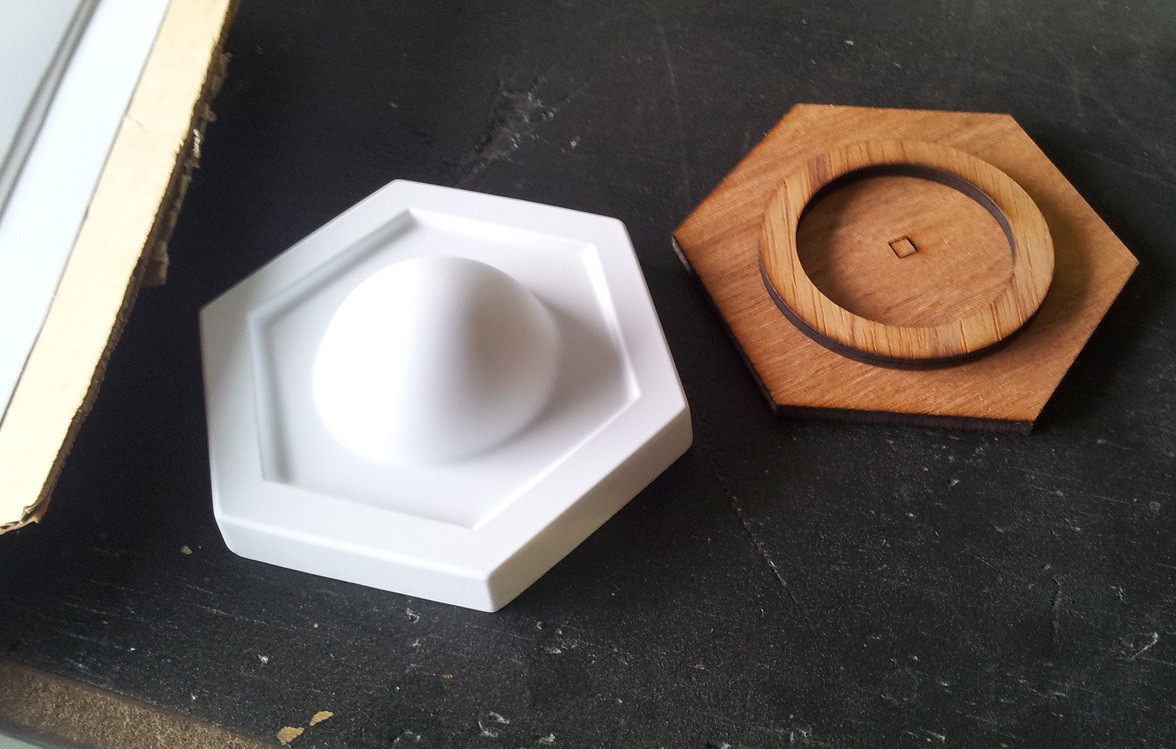
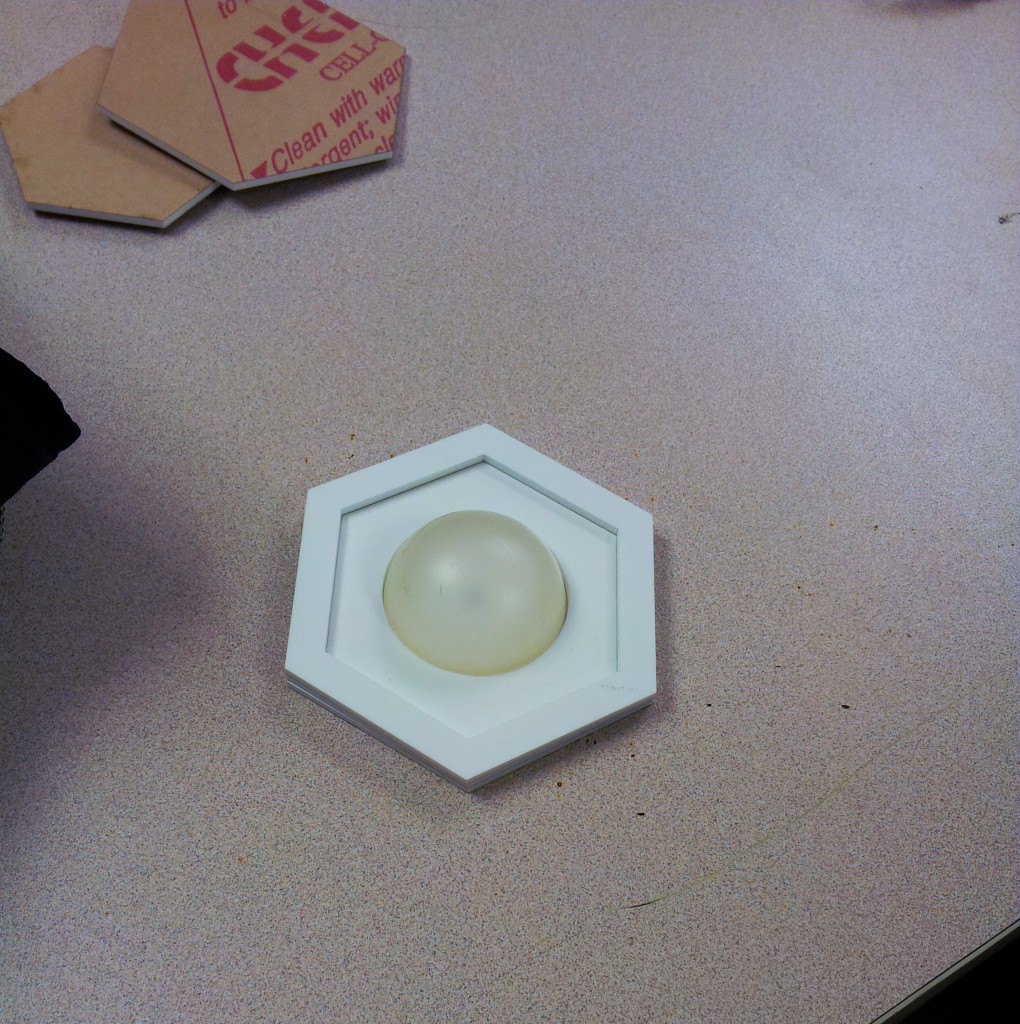
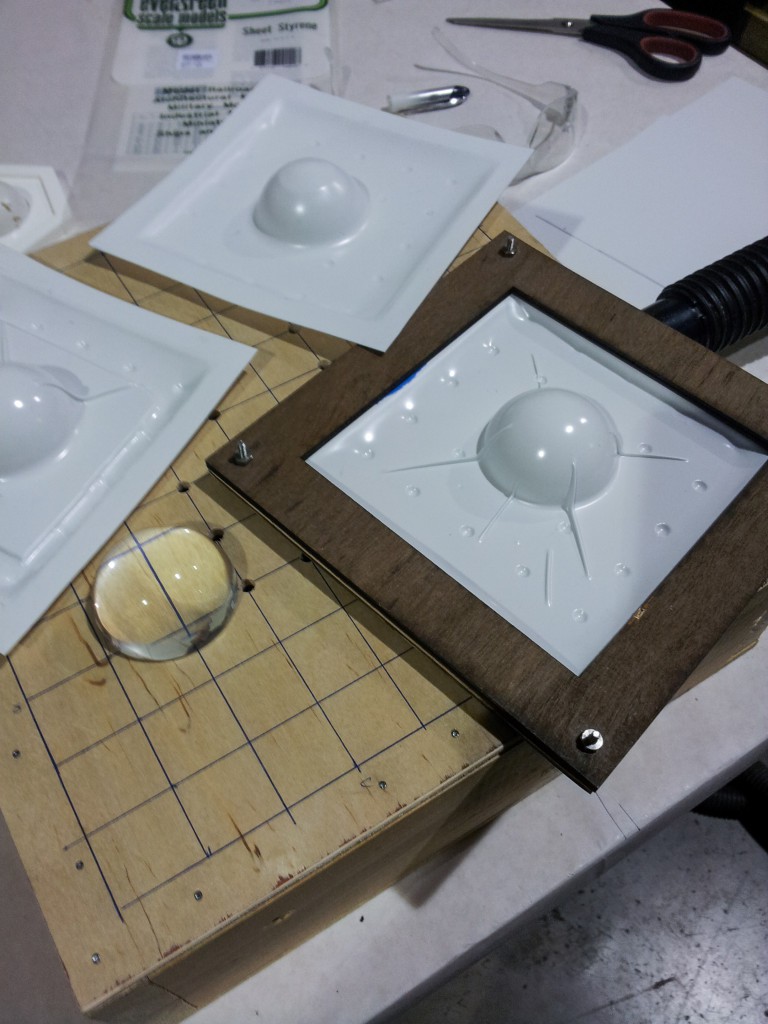
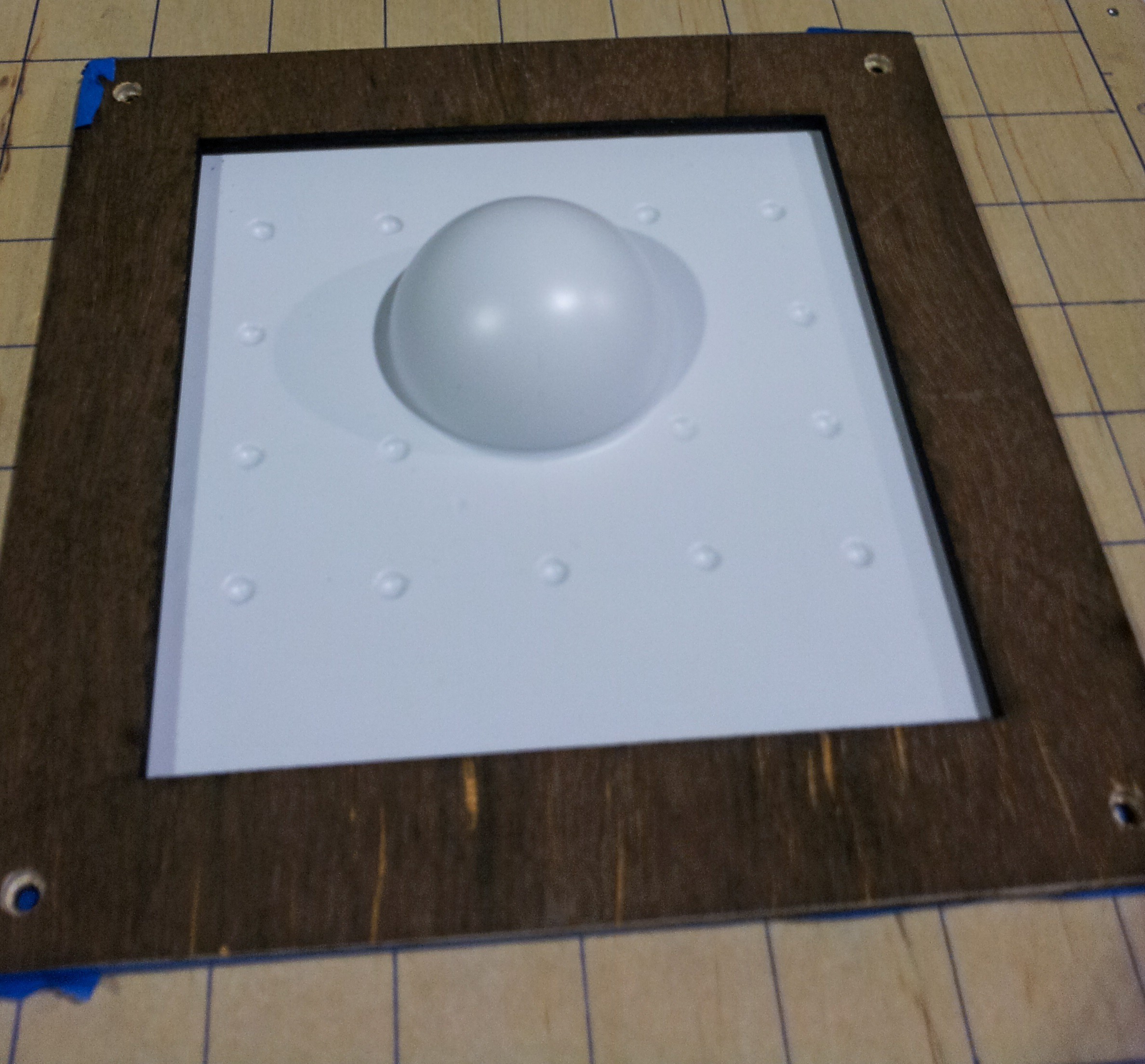
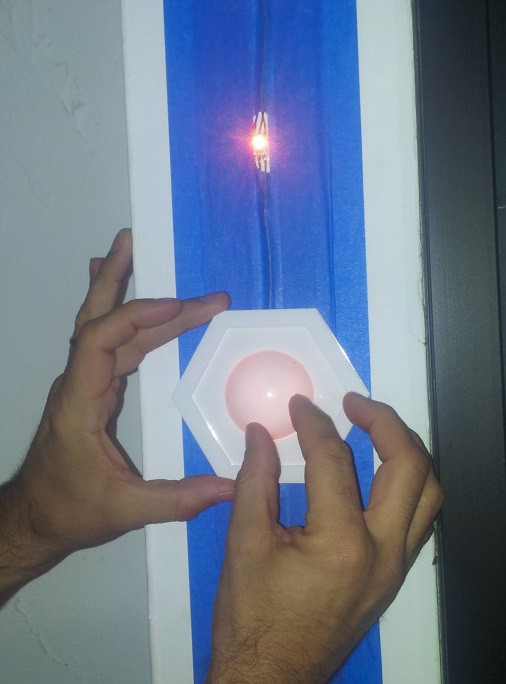
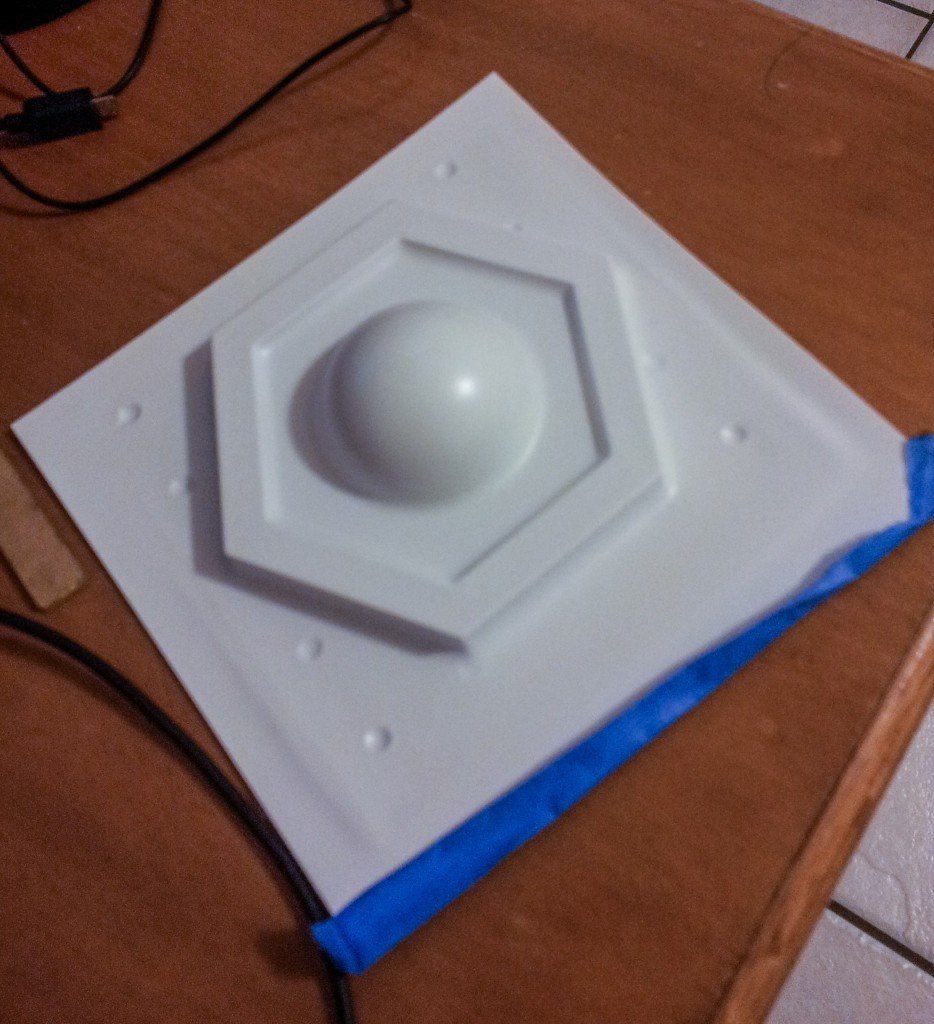
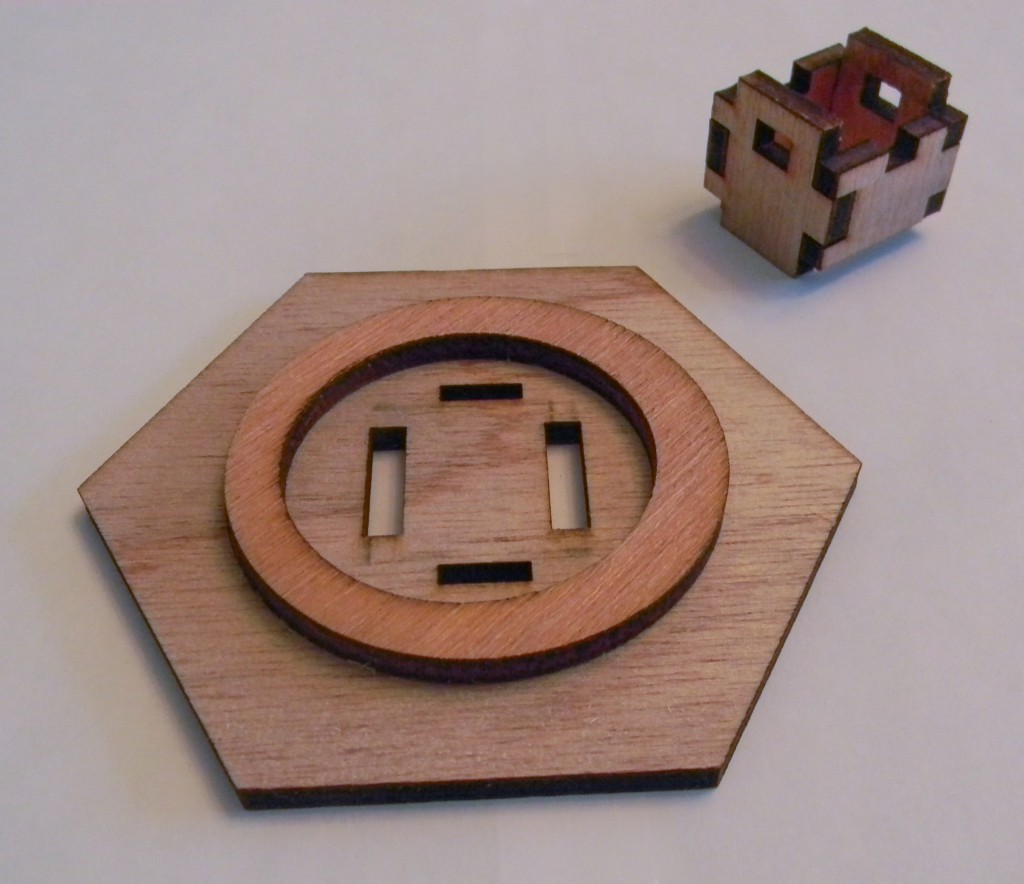


 Dr. Cockroach
Dr. Cockroach
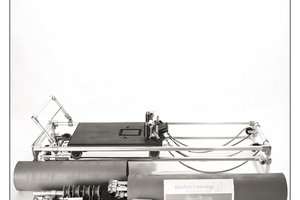
 joseph
joseph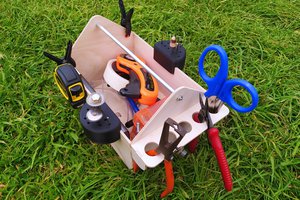
 concretedog
concretedog
Good job. I was planning to do something very like. However this was going to be for a showerstall, so I'll probably just backlight the entire wall.